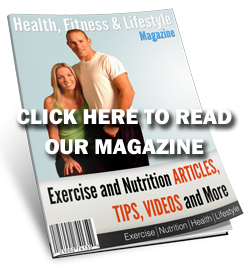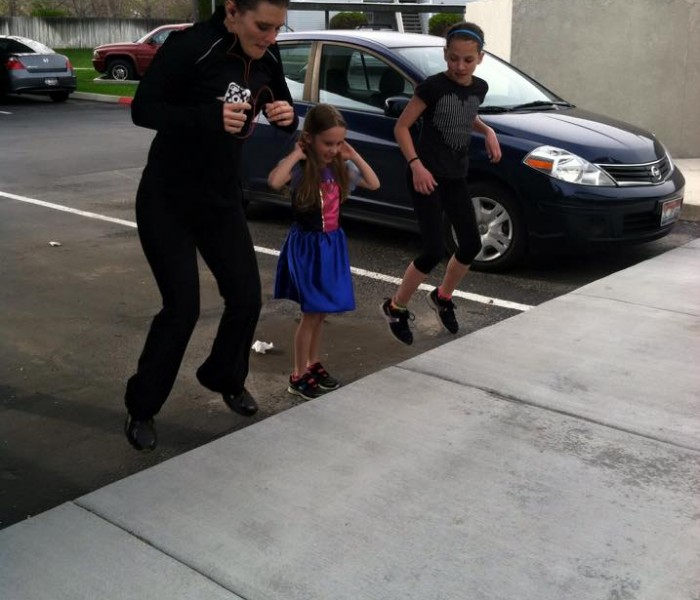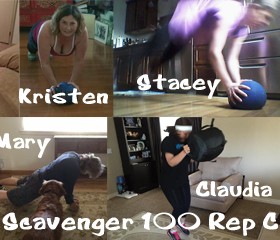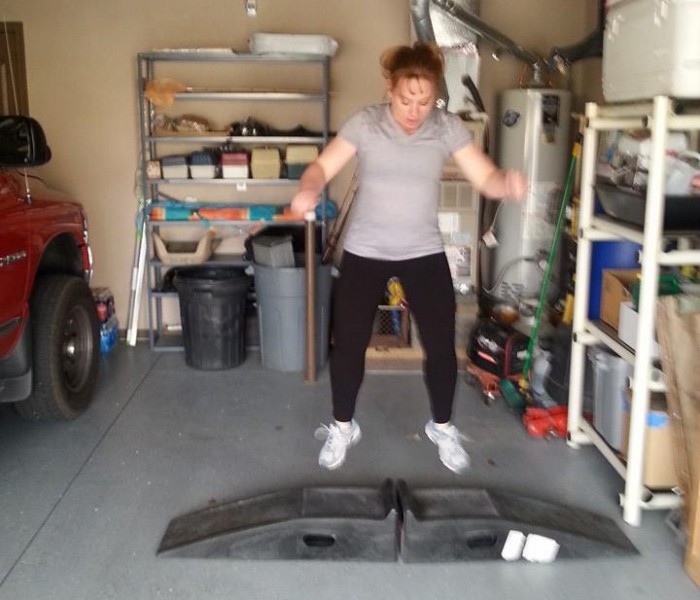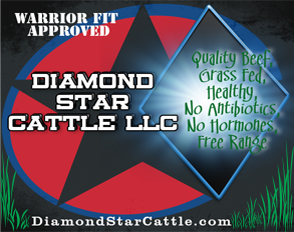Originally Posted At: https://breakingmuscle.com/feed/rss
The ability to build muscle in response to training is a part of our physiology. It’s deeply encoded in our DNA and persists throughout our lifespan. Meaning, lifters of any age and experience level should be able to add noticeable muscle to their frames.

If you’re deliberately and dedicatedly hitting the gym in the hopes of adding muscle mass, but still not seeing results, it’s time to step back and think. Which of these twelve common mistakes are sabotaging your gains?
Common Muscle-Building Mistakes
- Failing To Plan
- Volume Control
- Lack of Progression
- Quasi-Cardio Workouts
- Tip-Toeing Around Tension
- Always Testing, Never Training
- Program Sampling
- Stale Programming
- Forgetting the Food
- Sleep Struggles
- Excessive “Advanced” Training
- Impatience
Failing To Plan
Beyond the obvious need to schedule time for the gym, many lifters fail to make progress toward muscle-building goals because their training is disorganized. Haphazard workouts might burn some calories, stimulate a decent pump, and deliver a nice hit of “feel good” neurotransmitters, but real progress is made when your training is intentional and thought-out.
The Problem
By failing to plan your weekly training, you leave your workouts to chance. Some body parts may receive less-than-optimal training volume (sets and reps) while others are overworked.
Unlike specialized hypertrophy programs that intentionally underload one area to allocate more training to a lagging muscle group, unplanned training tends to be consistently inconsistent, resulting in inferior gains all around.
Training loads may go untracked, resulting in failure to recognize leading indicators of progress, such as the ability to perform more repetitions with a given weight or the ability to lift more weight. You may also miss leading indicators of accumulating fatigue and under-recovery, which might otherwise be addressed by program adjustments or a deload.
The Solution
Lifters serious about building muscle must structure their training, and following an effective training split is a good start. Training splits help lifters get organized and stay organized by assigning a focus to each workout.
For example, in a push/pull/legs split, your first workout of the week focuses on upper body pushing movements, which would tend to target chest, front delts (shoulders), and triceps. The second workout hits upper body pulling exercises, such as rows, pulldowns, and pull-ups, along with biceps and rear deltoid (shoulder) work. And, you guessed it, the third workout is leg day.
Once each workout has a focus, even if that focus is a full-body workout, the desired weekly training volume for each body part can be allocated to each body part. Appropriate training volume for building muscle is discussed in the next section, but if you’re not planning or tracking your training volume, you’ll never know whether you hit the target.
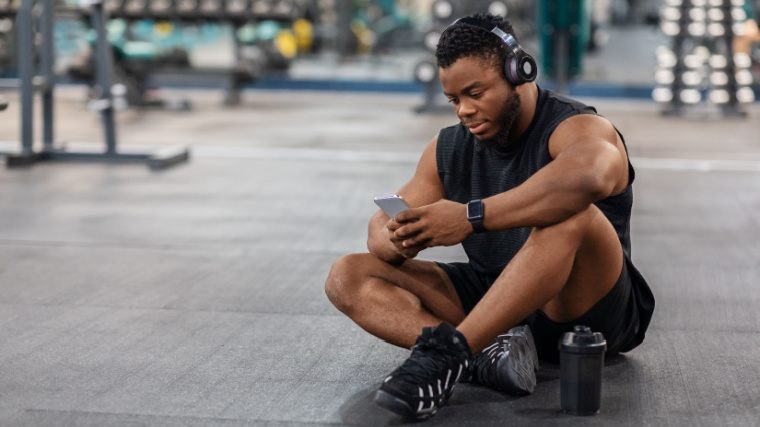
Once you’ve established your split, you need to plan and track the specifics of each workout. At a minimum, this should include:
- Exercise selection
- Number of sets and target repetition range for each exercise
- Actual number of sets and repetitions performed
- Weight used
Keep records in your phone (i.e. using an app) or use a tried and true pen and notebook.
Volume Control
Resistance training volume refers to the amount of work accomplished in training. “Volume load” includes the number of sets, number of repetitions, and load for each exercise performed. (1) Volume load is a key determinant of hypertrophy (muscle gain). (2)
Weekly training volume load, rather than daily volume load, is a more important factor in hypertrophy training. (3) That is, whether each muscle group is trained once, twice, or three times per week, the recommendations below on appropriate weekly training volume still apply.
The Problem
Lifters run into trouble when they overshoot or undershoot effective weekly resistance training volume. Like many biological processes, the relationship between weekly volume and muscle gain appears to follow a two-tailed, bell-shaped curve — a “Goldilocks” scenario.
Perform too little volume and you’ll fail to make progress or even backslide. Perform too much volume and you’ll run the risk of non-functional overreaching, or declining performance that only rebounds to baseline after prolonged recovery. (4)
The Solution
To avoid missing out on gains due to insufficient volume or unsustainably high volume, you first need to have an idea of baseline training volume. A simple way of calculating volume is by totaling the number of weekly sets per major muscle group. (1)
According to an expert consensus statement on hypertrophy, 10 weekly sets per major muscle group is a good minimum target for trained individuals. As a general rule, total weekly sets should not increase more than about 20% per month of training. (5) While greater increases in volume may be sustained during planned “overreaching,” these temporary periods are typically followed by a deload, or a pre-planned reduction in training volume and intensity.
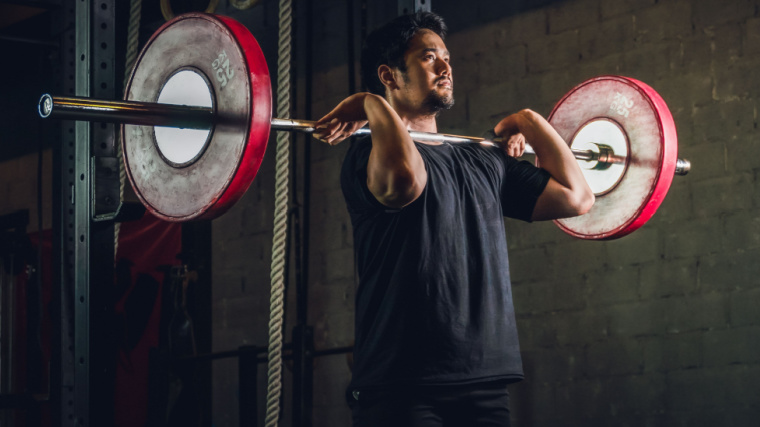
Don’t fear deloads. During a deload, dramatic reductions in training volume are common. Weekly volume may be reduced by approximately 50%. Lifters may be wary about aggressively reducing volume during deloads for fear of losing muscle; however, research shows trained individuals maintain strength and size for at least two weeks of no workouts. (6) During a deload, you’re still active and training.
Deloads are time-limited — typically one week or so. Deloads allow for recovery from hard cycles of training. Following a deload week, lifters are anecdotally more sensitive to training volume, allowing them to “reset” weekly training volume back toward moderate volume (e.g. 10 to 16 weekly sets).
The question of top-end weekly volume may be of interest, too. Although some lifters may benefit from higher training volumes, it is likely not necessary for most to push past 20 or so weekly sets per muscle group, especially if other training variables are progressive over time.
Lack of Progression
The same sets, reps, and weights that built your current body will not build your dream physique. This is because our muscles, like all biological systems, reach equilibrium (i.e. homeostasis) quickly if not provided with progressive training stimuli.
The Problem
Informed by the tenets of the general adaptation syndrome (GAS), which describes how living organisms respond to stressors, non-progressive stimuli result in an eventual plateau of biological responses. (7) For hypertrophy training, this means non-progressive workouts will eventually become non-productive workouts and you’ll stop seeing muscle gains.
The Solution
The simplest solution to non-progressive training is to ensure you are either adding volume (sets and/or reps) or load to your lifts regularly.
Although any decent, ready-made program will already incorporate progression, a simple method of progression for building your own program is to start by identifying a weight for each exercise that allows you to perform a number of repetitions toward the bottom of your target repetition range for moderate effort sets.
For example, a lifter wishing to program neutral-grip lat pulldowns in the eight to 12 repetition range might determine she is able to use 165 pounds (75 kilograms) for 8 reps while having two or three repetitions left in reserve.
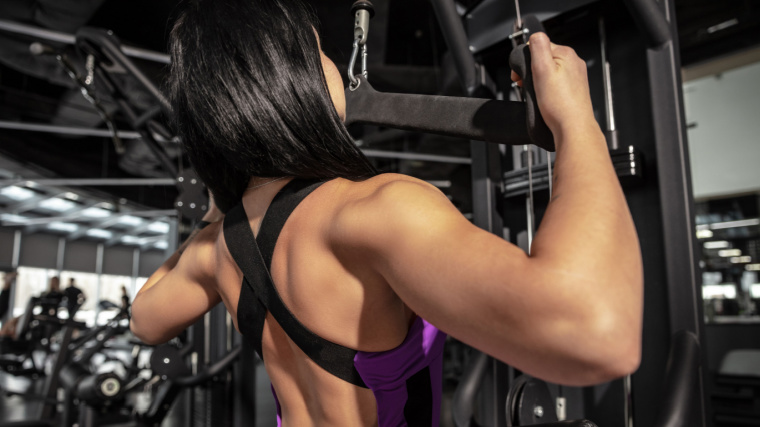
Now, each week, she can either add one repetition per set or add 2.5% to 5% more weight — she can either progress to 165 pounds for nine or more reps or 170 pounds for eight reps. She will continue to add repetitions or weight until she’s unable to remain within the target repetition range. Then it’s time to take a deload period of approximately one week and restart.
Alternatively, if you feel you are not ready for a deload, simply adjust your target repetition range to accommodate a longer period of progression (12 to 15 repetitions, in this example).
Quasi-Cardio Workouts
Working up a sweat and getting the heart pumping are features of many intense sessions, and most lifters value that type of training. Supersets, which pair exercises back-to-back thereby minimizing rest, are a mainstay of many of these intense workouts. (8)
But some lifters take “minimal rest” too far. If rest between sets is limited to the point where workout quality or performance suffers, the workout may fail to achieve its ultimate purpose: building muscle.
The Problem
To be clear, the problem isn’t lack of rest between sets, per se. It’s the resulting loss of training volume and/or intensity that inevitably occurs after not taking enough rest. (9)
Reducing rest periods will play up the cardiovascular challenge of the workout. While cardio is very good for overall health, it is not the ideal type of training for building muscle. Moreover, “lifting light weights fast” or “lifting with minimal rest” is unlikely to be optimal cardio for most. Rhythmic or cyclical exercises tend to be more suitable (e.g. rowing machine, jogging, cycling, swimming, etc.).
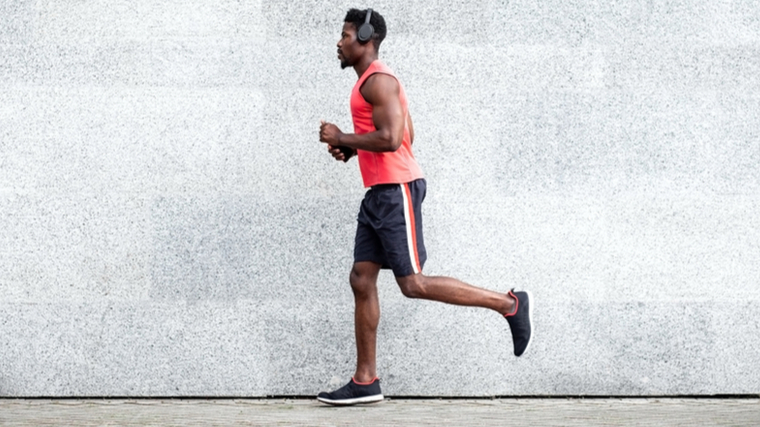
“Frankensteining” a cardio-like, resistance training workout will not allow adequate recovery of the phosphagen and anaerobic alactic energy systems which predominantly fuel traditional resistance training. This results in lost repetitions and/or necessitates use of lower loads. Since volume load drives hypertrophy, short rest intervals ultimately lead to inferior growth. (9)
The Solution
Outside of very specific scenarios such as supersets, ensure you are getting adequate rest between sets to maintain desired training volume throughout your hypertrophy workout. Take a minimum of two minutes rest between sets of multi-joint exercises and 60 to 90 seconds between sets of single-joint exercises. (5)
Tip-Toeing Around Tension
Those with hypertrophy goals lift weights to expose their muscles to tension. When exposed to tension, muscles experience a complex cascade of mechanical, neural, and chemical events that culminate in elevated rates of muscle protein synthesis and protein turnover. (10)(11) The end result, ideally, is bigger muscles.
The Problem
Mechanical tension is thought to be a key driver of hypertrophy. (11) However, lifters can be very efficient at working around mechanical tension, especially when sets get challenging. By using compensations or work-arounds that make repetitions easier, they end up taking tension off the target muscles.
The Solution
Develop a strong mind-muscle connection and don’t cheat yourself out of tension. From the beginning of each set, focus on controlling the negative (or eccentric/lowering) phase of the exercise. You might even linger a bit slower during the most challenging portion of the motion. For example, when lowering dumbbells during a lateral raise, focus on controlling the initial descent.
As your set continues, disallow any compensations — don’t cheat! Keeping your form clean in the face of fatigue, burning muscles, and impending muscular failure is challenging, no doubt, but it can be mastered.
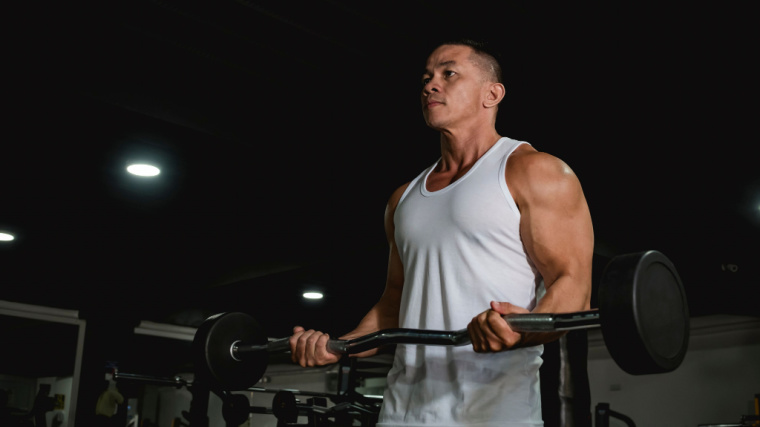
If, for example, you are performing dumbbell front squats as a quadriceps-focused leg exercise, continue to drive your knees forward as you squat down, shifting tension into your quads. Do not allow yourself to sit back into your hips during the final challenging repetitions.
If you are new to the skills of pushing through tension or still developing the mind-muscle connection, consider certain machine-based exercises, which instill confidence and include built-in safety measures.
Always Testing, Never Training
Some lifters can’t resist training too heavy, too often. For many, nothing feels better than hitting a heavy personal best or maximum on a squat, bench, press or deadlift. But maxing out is not necessarily the same as productive training. Unplanned “YOLO sets” can sap energy, rob you of volume load, interfere with readiness to train, and ultimately detract from your hypertrophy gains.
The Problem
While there is an appropriate time and place in any program for maxing out, it is typically during a period of planned overreaching or testing to establish percentages and working weights.
Heavy singles, doubles, even triples can result in lower volume loads, a key driver of hypertrophy. (2) This is because maximum or near-maximum low-rep sets may detract from, or take, the place of sets in the five-to-30 repetition range, which are most efficient for accumulating volume load.
Performed too frequently, heavy maximum sets might spur non-functional overreaching. Researchers reported non-functional overreaching (i.e. lack of gains) among trained squatters performing three sessions per week of two singles at 95% of one-repetition maximum (1RM) and three singles at 90% 1RM after only three weeks. (12)
Another study compared a volume load equated program using three sets of 10 repetitions versus seven sets of three repetitions. The groups gained equivalent muscle over eight weeks, but the group performing heavy triples for seven sets reported more symptoms associated with overtraining, like joint pain. (13)
Ultimately, heavy training can sneak up on you. Although it may be possible to achieve equivalent volume load and growth with heavy maximum sets, they may not be as efficient in the long-term as “hypertrophy-style” sets in the moderate to high-repetition range.
The Solution
Heavy, maximum effort sets (i.e. less than three repetitions) should be few and far between when you’re in a dedicated hypertrophy program. You do not need to max out every week.
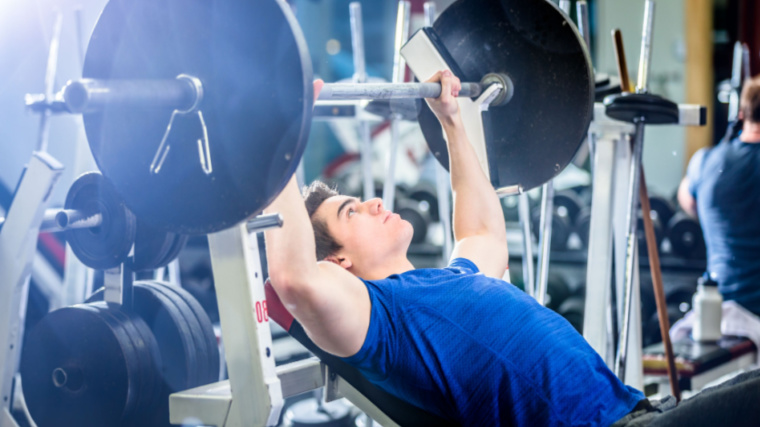
True 1RM testing may not even be necessary for the hypertrophy-focused lifter. Programming based on multiple repetitions maximum (i.e. 5RM, 8RM, 12RM, etc.) is just as effective as percentages of 1RM, and arguably more specific to the repetition target of the sets commonly performed during training.
Plan to regularly test 8RM to 12 RM for your primary lifts approximately once or twice per four-to-six-week training cycle. On days your program does not call for maximum effort sets, resist the urge to max out.
Program Sampling
Countless training programs have potential to help you reach your physique goals. However, constantly sampling from the endless menu of workouts circulating through social media and fitness publications is a sure-fire way to slow your progress.
The Problem
With each new exercise or exercise variation, we ask our neuromuscular system to tackle a novel movement skill. Motor learning, or the process of learning a new movement skill, takes time.
If you’re constantly changing up your workout, you never approach the crest of the learning curve. Meaning, you will not get the most of your training because you haven’t spent enough time with each exercise to maximize technique, repetitions, and loads. (14)
The Solution
Think of each exercise in your workout as an investment. Keep an exercise in your workout portfolio long enough and you will experience compounding interest in the forms of technical proficiency and muscular adaptations associated with the exercise.
Keeping relative consistency allows for progressive overload, an essential feature of effective training. For hypertrophy, progressive overload is accomplished by gradually exposing your muscles to greater demands over time.
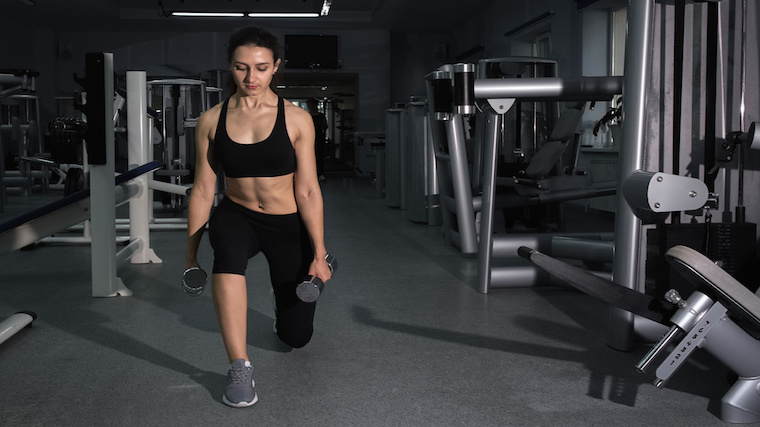
Once you develop or identify a workout program you enjoy that’s specific to your goals, see it through for at least four to eight weeks. How do you know when it’s time to shake things up? When training gets stale. And this next section just so happens to explain more.
Stale Programming
Variation, while potentially counterproductive if applied excessively, may play an important role in preventing stalled progress. (14)(15) Variation can take the form of changes in programming variables such as sets, repetitions, and load. (16) Or, variation can be accomplished via exercise selection. (15) Your program should include both sources of variety.
The Problem
Without some variation in your training, stagnation is likely to occur. Stagnation can be mental or physical. Repeating the same workouts week-in and week-out can drain motivation to train, while highly varied programs are shown to enhance motivation. (17)
Physically, our muscles will become accustomed to the stale stimulus, as discussed in the previous “Lack of Progression” section. Moreover, muscles may grow preferentially at specific regions in response to certain exercises. With varied exercise selection, more robust growth throughout the muscle has been shown. (14)(18)
The Solution
Vary your training systematically, not haphazardly. Consider a planned, or periodized, program. If you are drawn to lots of variation or need frequent changes to stay motivated, consider a program with an undulating periodization scheme — In these programs, volume and load are varied frequently (e.g. daily or weekly). (19)
For example, one workout might call for three sets of 12 repetitions, the next workout might be four sets of eight, and a third workout might be five sets of five repetitions. Although not specifically designated as a hypertrophy program, one example of a daily undulating program is the Conjugate Method popularized by powerlifters at the famed Westside Barbell.
For others, a more traditional approach, such as linear periodization, may suffice. Programs that are linearly periodized gradually increase load while gradually reducing volume. (19) A systematic review comparing undulating periodized training programs with linear programs showed no difference in hypertrophy outcomes between the two periodization styles. (19)
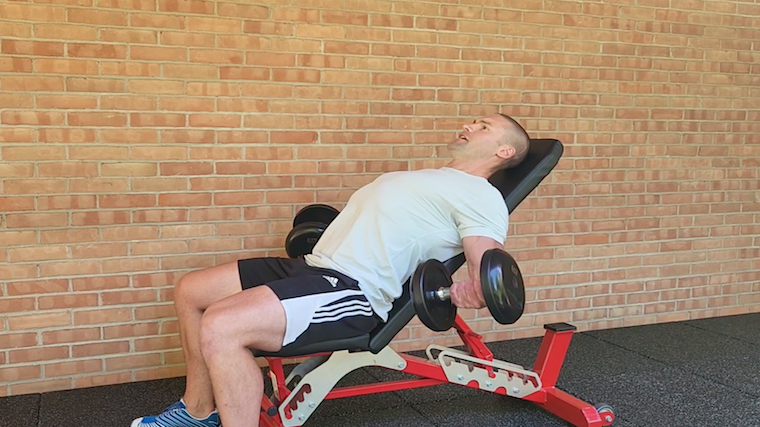
Periodization seem too complicated? Fortunately, true periodization may not be necessary for hypertrophy. (16)(20) But variation is still important. First, make sure your program is progressive by adding volume or load when training gets easy.
Next, consider including multiple exercises for each body part. Not only does this decrease boredom, but it may also lead to fuller muscular hypertrophy. (14)(18) For example, you might include spider curls and incline dumbbell curls, either in the same workout or throughout the week, to hit your biceps at different muscle lengths.
Finally, switch out your exercises for different variations when you begin to plateau — Changes might be as often as every four to eight weeks, or as seldom as every twelve to sixteen weeks.
Forgetting the Food
As the saying goes, you must eat big to get big. Elevated rates of muscle protein synthesis following resistance training are thought to be the key driving force of muscle gain among consistent lifters. (10) The raw materials for elevated rates of protein synthesis largely come from dietary protein, the most important macronutrient for hypertrophy-focused lifters.
The Problem
Although 1.6 grams of protein per kilogram body mass per day is commonly cited as a target for maximizing muscle gain, resistance trained individuals may benefit from substantially higher intake. A target of 2.0 to 2.2 grams protein per kilogram body mass may be more appropriate. (10)(21) Many lifters fail to consistently reach this target.
The Solution
While many lifters are not interested in tracking all macronutrients, focusing on optimizing protein intake may be the most practical and impactful step. A simple strategy to reach a protein target of 2.0 to 2.2 grams per kilogram body mass — roughly one gram per pound body weight — is to divide target protein intake across the number of meals you plan to consume each day.
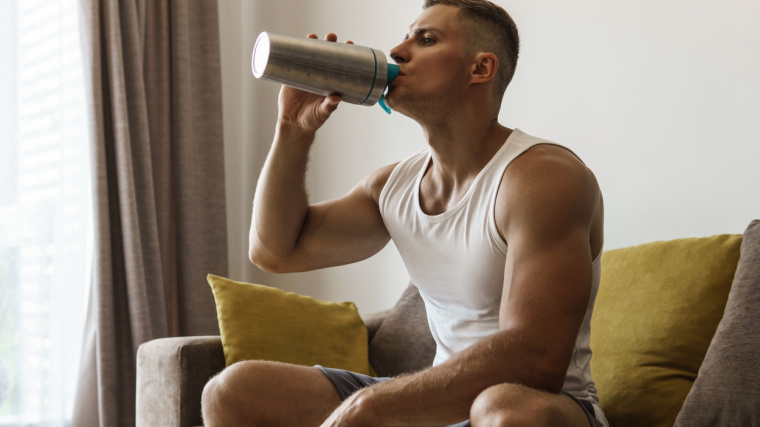
For example, a 200-pound lifter might plan to consume four meals containing approximately 50 grams of protein each. Alternatively, this lifter could consume three meals at approximately 50 grams of protein each, a post-workout shake containing 30 grams protein, and a snack containing another 20 grams.
To effectively meet your protein target, you will need to familiarize yourself with the protein content of the foods you commonly consume. Before long, you’ll begin to memorize the protein contents of foods you commonly eat.
For example, a single egg has six grams, a quarter-pound of beef has approximately 25 grams, and a small can of tuna fish also has 25 grams. Those with health conditions, those seeking meal plans, and those looking to optimize other facets of their nutrition, such as nutrient timing, should consult a registered dietitian, ideally one with experience with physique athletes.
Sleep Struggles
When it comes to fat loss, a common platitude goes: “Abs are made in the kitchen.” But when it comes to building muscle, a more correct claim is: “Muscle is made in the bedroom.” Recovery between workouts enables consistent high-intensity training, and recovery depends on adequate high-quality sleep.
The Problem
Sleep deprivation is known to blunt muscle protein synthesis (the building of new muscle). Just a single night of sleep deprivation has been shown to reduce the rate of overnight muscle protein synthesis by 18%. (22)

Another study showed five nights of partially restricted sleep (four hours in bed) resulted in significantly reduced muscle protein synthesis compared to matched groups getting a full night’s sleep (eight hours in bed). (23)
Over longer periods of time, even modest restrictions in sleep duration may have profoundly negative effects on your ability to gain muscle. Beyond sleep duration, the quality of sleep may also affect adaptations from hypertrophy training.
The Solution
To improve sleep, focus on three areas: Preparation, duration, and conditions.
First, ensure you are “winding down” in the hours prior to bedtime. Whether it’s the blue light from electronics or the highly stimulating nature of the information and activities performed with these devices, minimizing screen time before bed seems pertinent. Moreover, avoid alcohol, caffeine, and nicotine in the afternoon and evening hours. (24)
Make every effort to get into bed early enough to allocate approximately eight hours to sleep. Yes, there are likely individual differences in the total duration of sleep required, but eight hours is a good baseline goal for most.
Finally, ensure the conditions of your bedroom are conducive to sleep. Make every effort to create a cool (i.e. approximately 64 degrees Fahrenheit or 18 degrees Celsius), dark, and comfortable environment for sleep. (24) Blackout shades, earplugs, fans, and/or air conditioning units can be helpful.
Ideally, the bedroom is kept free of electronics which might interrupt sleep. Sleep can be improved with planning and attention, resulting in a fuller night’s sleep and ultimately, a fuller muscular physique.
Excessive “Advanced” Training
Drop sets, forced reps, rest-pause, heavy negatives, and supersets are typically categorized as “advanced training techniques,” a classification that may sound alluring. Equally alluring is the fact that more than 80% of competitive bodybuilders use these techniques in “most but not all sessions.” (25) Advanced training techniques are fun and can increase motivation to train. (5)(26) But here’s the rub. You might already be using these techniques too often.
The Problem
Most lifters interested in building a muscular physique do not engage in competitive bodybuilding, a sport characterized by common use of anabolic androgenic steroids that likely allows individuals to tolerate (and thrive) under punishing training regimes. Therefore, most lifters should not attempt to train like competitive bodybuilders.
While research on advanced training techniques is sparse in some areas, studies on drop sets and supersets tend to show similar muscle gain to traditional set configurations. (5)(26)(27) Keep in mind, training studies on advanced training techniques are time-limited — typically six to ten weeks in duration.
Because many advanced training techniques push the lifter past failure or dramatically reduce rest intervals, it may be difficult to sustain frequent use of these techniques in the long term without accumulating fatigue. With accumulated fatigue, performance in subsequent workouts begins to suffer, which may ultimately hinder gains.
The Solution
Advanced training techniques should be used judiciously. Limiting use of advanced training, particularly techniques that extend sets beyond failure (i.e. drop sets and forced reps), to primarily single-joint movements and machine-based exercises may help to manage the burden of fatigue. (5)
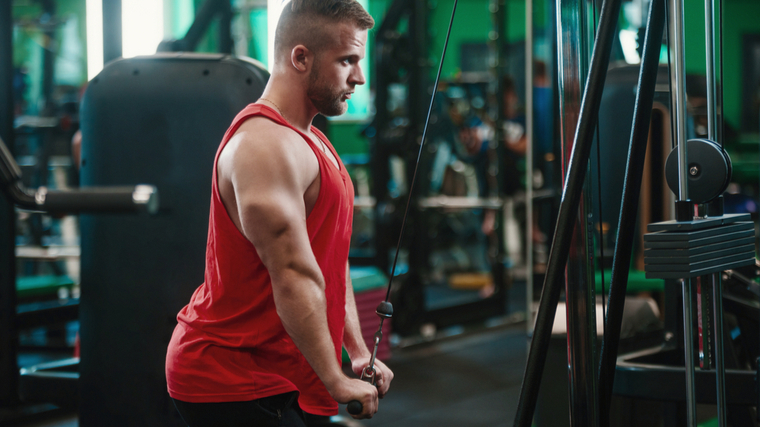
It may be wise to limit use of advanced training to the final set of a given exercise or to a defined period of intentional overreaching, such as the final week of a training cycle. (5)
Finally, while survey data indicates most competitive bodybuilders use advanced training techniques, they tend to use these techniques with primarily single-joint exercises. Biceps curls, triceps pushdowns, and pec flyes are the most common. (25)
If you wish to employ advanced training techniques frequently, go ahead and take this lesson from their playbook: Use advanced training primarily when training smaller muscle groups and for isolation-type exercises.
Impatience
Real talk: building muscle is painfully slow. Young, healthy newbies (individuals beginning an organized hypertrophy program for the first time) are a population expected to make the most rapid gains in muscle mass.
This is the “newbie gains” phenomenon. However, as your training experience increases, gains are slower and harder to come by.
The Problem
Rates of hypertrophy are relatively slow and highly individual. In a clever study design, variability in hypertrophy between individuals performing the same progressive training programs was 40-times greater than variability within individuals when the individuals performed different progressive protocols on left versus right limbs. (20)
Further emphasizing variability within individuals, a small study on 24 “newbie” lifters reported a 10.7% average increase in muscle cross sectional area after ten weeks of hard training. But this average is somewhat misleading, as “high responders” grew nearly 15%, while just under a third of the individuals (“low responders”) lost muscle size throughout the study, albeit this change did not reach statistical significance. (28)
Altogether, research hints that individual features are more important than the specific nuts-and-bolts of the hypertrophy program.
The Solution
Fortunately, there are no non-responders to progressive hypertrophy training. (20) But if you are a low responder, also known as a “hard gainer,” or even an average responder to training, you’d better get comfortable playing the long game.
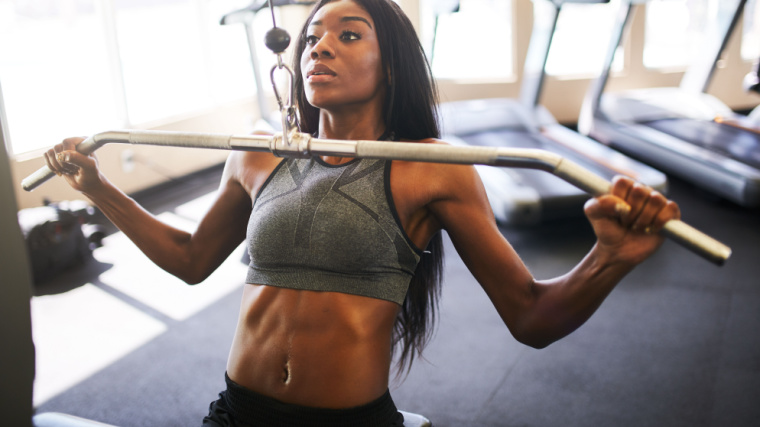
Practice setting expectations and goals in terms of longer timeframes. For example, an average experienced lifter not enhanced by anabolic steroids might reasonably set a goal of gaining four or five pounds of primarily lean muscle mass per month.
However, for a known low responder, a more realistic goal might be to add two pounds of muscle per month. Or better yet, aim at twelve solid pounds of muscle in a year. Rather than frantically seeking the next best program or supplement, most lifters would be better served thinking about gains in terms of months, years, even decades. Settle in and enjoy the progress.
Finally, there’s one silver lining for “hard gainers.” Although they tend to gain muscle more slowly, “hard gainers” shed muscle more slowly during periods of detraining. (28)
Avoid Roadblocks on Your Journey to “Gainzville”
Building muscle is an arduous journey but a rewarding one. A muscular physique affects your self-esteem, how you are perceived in the world, and your overall health. If you’re not getting where you want to go, now’s the time to re-examine and tinker with your programming, your habits, and even your mindset.
References
- Nunes, J. P., et al. (2021). Equating resistance-training volume between programs focused on muscle hypertrophy. Sports Medicine, 51, 1171-1178.
- Carvalho, L., et al. (2022). Muscle hypertrophy and strength gains after resistance training with different volume-matched loads: a systematic review and meta-analysis. Applied Physiology, Nutrition, and Metabolism, 47(4), 357-368.
- Grgic, J., Schoenfeld, B. J., & Latella, C. (2019). Resistance training frequency and skeletal muscle hypertrophy: A review of available evidence. Journal of Science and Medicine in Sport, 22(3), 361-370.
- Bell, L., et al. (2020). Overreaching and overtraining in strength sports and resistance training: A scoping review. Journal of Sports Sciences, 38(16), 1897-1912.
- Schoenfeld, B., et al. (2021). Resistance training recommendations to maximize muscle hypertrophy in an athletic population: Position stand of the IUSCA. International Journal of Strength and Conditioning, 1(1).
- Hwang, P. S., et al. (2017). Resistance training–induced elevations in muscular strength in trained men are maintained after 2 weeks of detraining and not differentially affected by whey protein supplementation. Journal of strength and conditioning research, 31(4), 869-881.
- Kraemer, W. J., & Ratamess, N. A. (2004). Fundamentals of resistance training: progression and exercise prescription. Medicine & Science in Sports & Exercise, 36(4), 674-688.
- Iversen V.M., et al. (2021). No time to lift? Designing time-efficient training programs for strength and hypertrophy: a narrative review. Sports Medicine, 51, 2079-2095.
- Longo, A. R., et al. (2022). Volume load rather than resting interval influences muscle hypertrophy during high-intensity resistance training. The Journal of Strength & Conditioning Research, 36(6), 1554-1559.
- Joanisse, S., et al. (2020). Recent advances in understanding resistance exercise training-induced skeletal muscle hypertrophy in humans. F1000Research, 9.
- Wackerhage, H., et al. (2019). Stimuli and sensors that initiate skeletal muscle hypertrophy following resistance exercise. Journal of Applied Physiology.
- Fry, A. C., et al. (2000). Impaired performances with excessive high-intensity free-weight training. The Journal of Strength & Conditioning Research, 14(1), 54-61.
- Schoenfeld, B. J., et al. (2014). Effects of different volume-equated resistance training loading strategies on muscular adaptations in well-trained men. The Journal of Strength & Conditioning Research, 28(10), 2909-2918.
- Kassiano, W., et al. (2022). Does varying resistance exercises promote superior muscle hypertrophy and strength gains? A systematic review. The Journal of Strength & Conditioning Research, 36(6), 1753-1762.
- Fisher, J. P., et al. (2018). Periodization for optimizing strength and hypertrophy; the forgotten variables. Journal of Trainology, 7(1), 10-15.
- Grgic, J., et al. (2018). Should resistance training programs aimed at muscular hypertrophy be periodized? A systematic review of periodized versus non-periodized approaches. Science & Sports, 33(3), e97-e104.
- Baz-Valle, E., et al. (2019). The effects of exercise variation in muscle thickness, maximal strength and motivation in resistance trained men. PloS one, 14(12), e0226989.
- de Vasconcelos Costa, B. D., et al. (2021). Does performing different resistance exercises for the same muscle group induce non-homogeneous hypertrophy?. International Journal of Sports Medicine, 42(09), 803-811.
- Grgic, J., Mikulic, P., Podnar, H., & Pedisic, Z. (2017). Effects of linear and daily undulating periodized resistance training programs on measures of muscle hypertrophy: a systematic review and meta-analysis. PeerJ, 5, e3695.
- Damas, F., et al. (2019). Myofibrillar protein synthesis and muscle hypertrophy individualized responses to systematically changing resistance training variables in trained young men. Journal of Applied Physiology, 127(3), 806-815.
- Mazzulla, M., et al. (2020). Protein intake to maximize whole-body anabolism during postexercise recovery in resistance-trained men with high habitual intakes is severalfold greater than the current recommended dietary allowance. The Journal of Nutrition, 150(3), 505-511.
- Lamon, S., et al. (2021). The effect of acute sleep deprivation on skeletal muscle protein synthesis and the hormonal environment. Physiological Reports, 9(1), e14660.
- Saner, N. J., et al. (2020). The effect of sleep restriction, with or without high‐intensity interval exercise, on myofibrillar protein synthesis in healthy young men. The Journal of physiology, 598(8), 1523-1536.
- Bird, S. P. (2013). Sleep, recovery, and athletic performance: a brief review and recommendations. Strength & Conditioning Journal, 35(5), 43-47.
- Hackett, D. A., et al. (2013). Training practices and ergogenic aids used by male bodybuilders. The Journal of Strength & Conditioning Research, 27(6), 1609-1617.
- Krzysztofik, M., et al. (2019). Maximizing muscle hypertrophy: a systematic review of advanced resistance training techniques and methods. International Journal of Environmental Research and Public Health, 16(24), 4897.
- Angleri, V., Ugrinowitsch, C., & Libardi, C. A. (2017). Crescent pyramid and drop-set systems do not promote greater strength gains, muscle hypertrophy, and changes on muscle architecture compared with traditional resistance training in well-trained men. European Journal of Applied Physiology, 117, 359-369.
- Räntilä, A., et al. (2021). High responders to hypertrophic strength training also tend to lose more muscle mass and strength during detraining than low responders. The Journal of Strength & Conditioning Research, 35(6), 1500-1511.
Featured Image: Monkey Business Images / Shutterstock
The post 12 Common Muscle-Building Mistakes appeared first on Breaking Muscle.


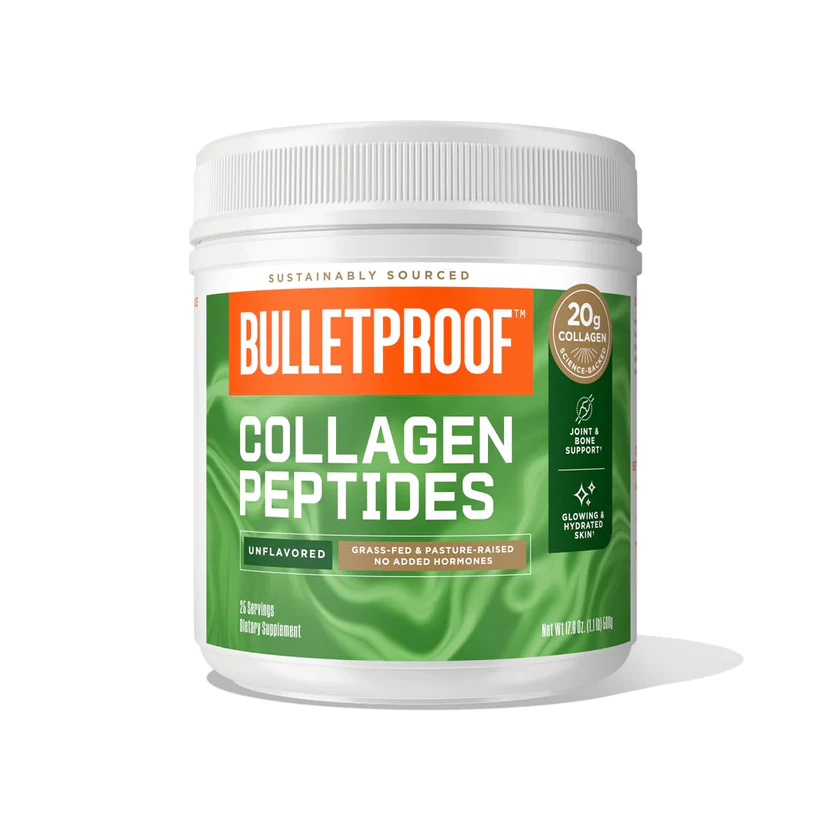
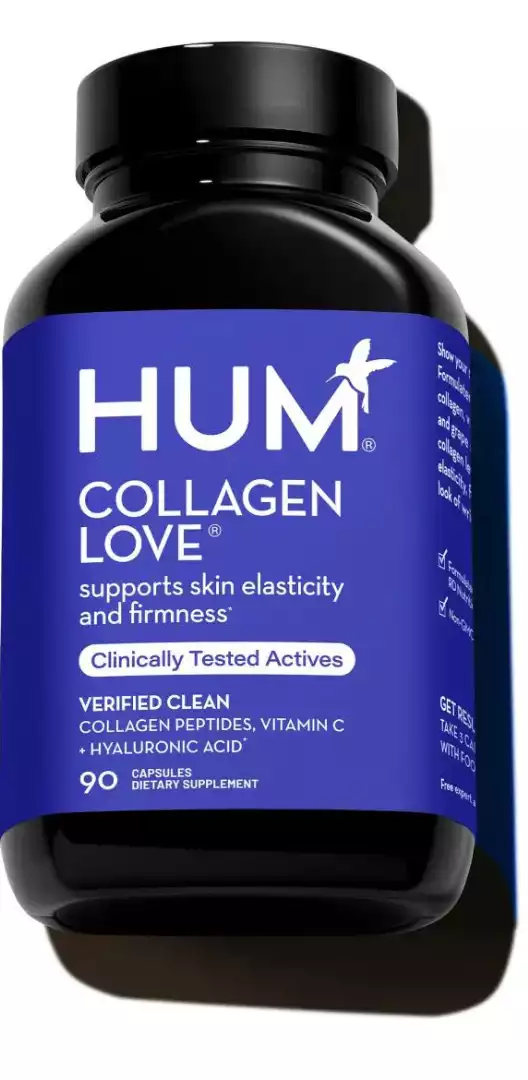
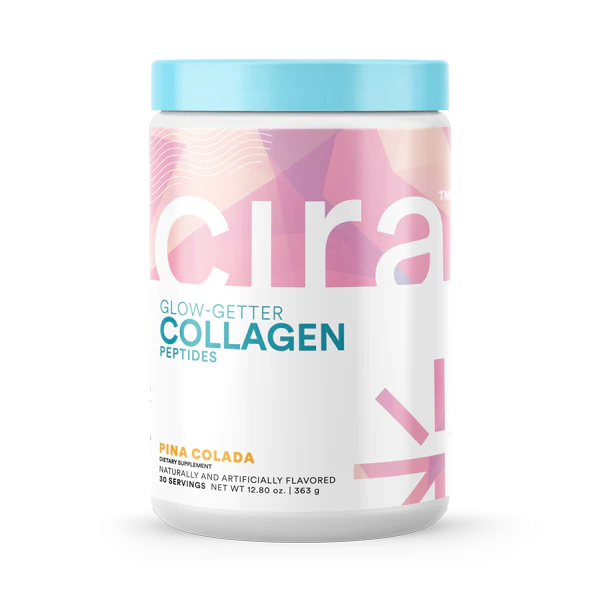
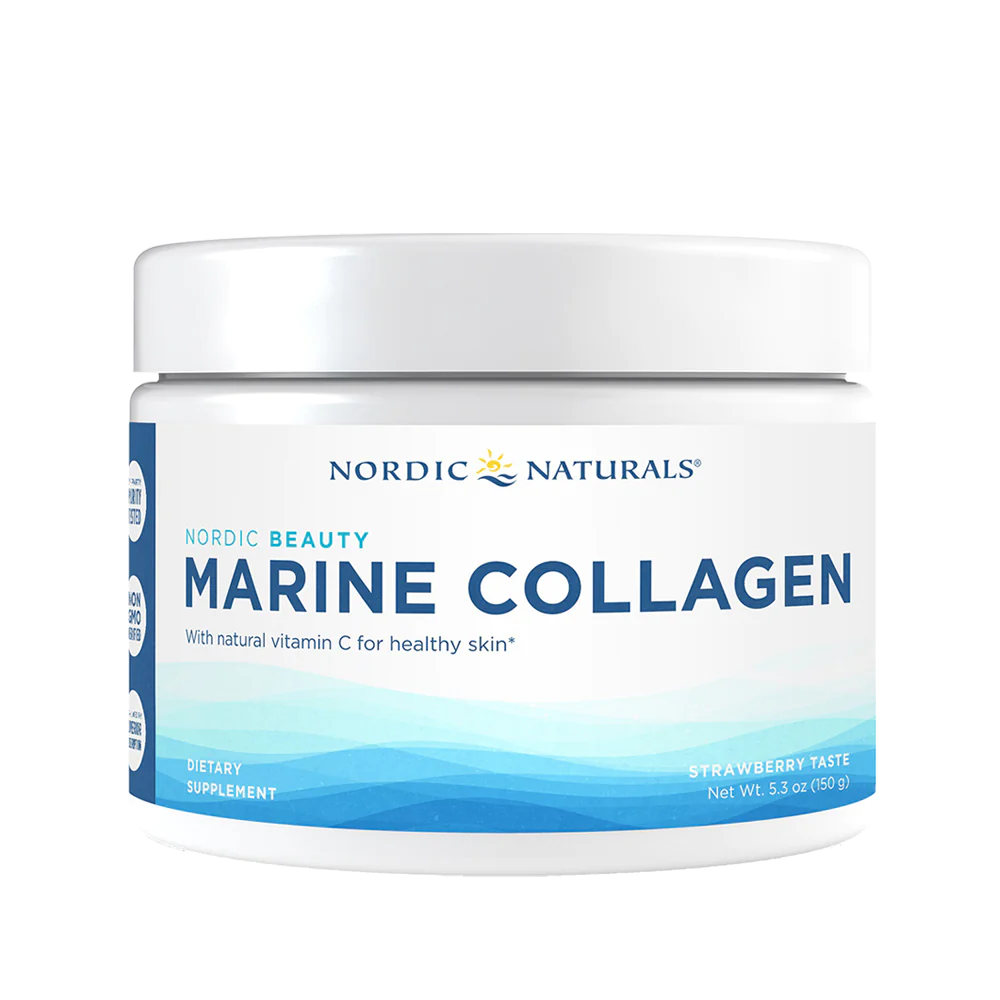

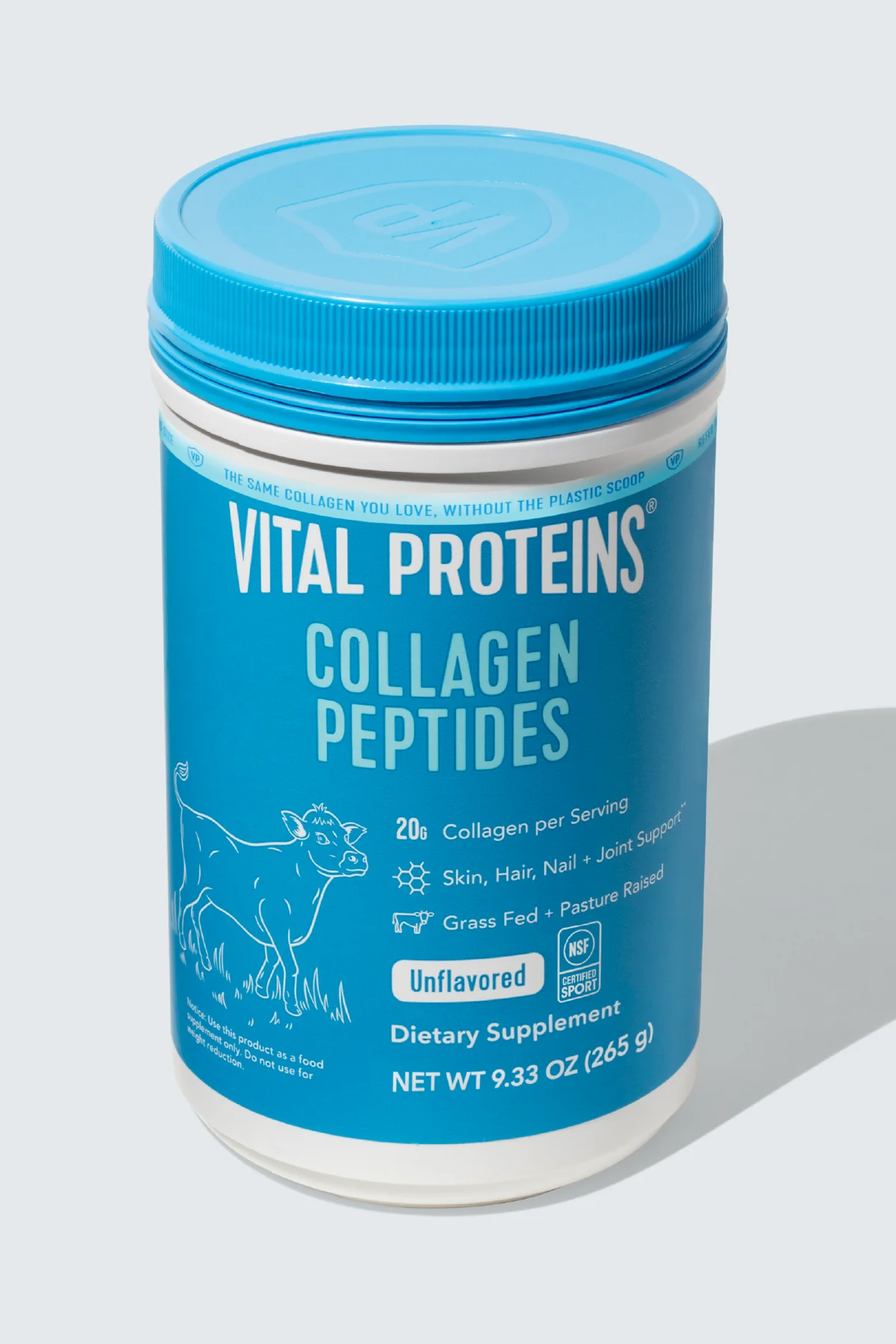
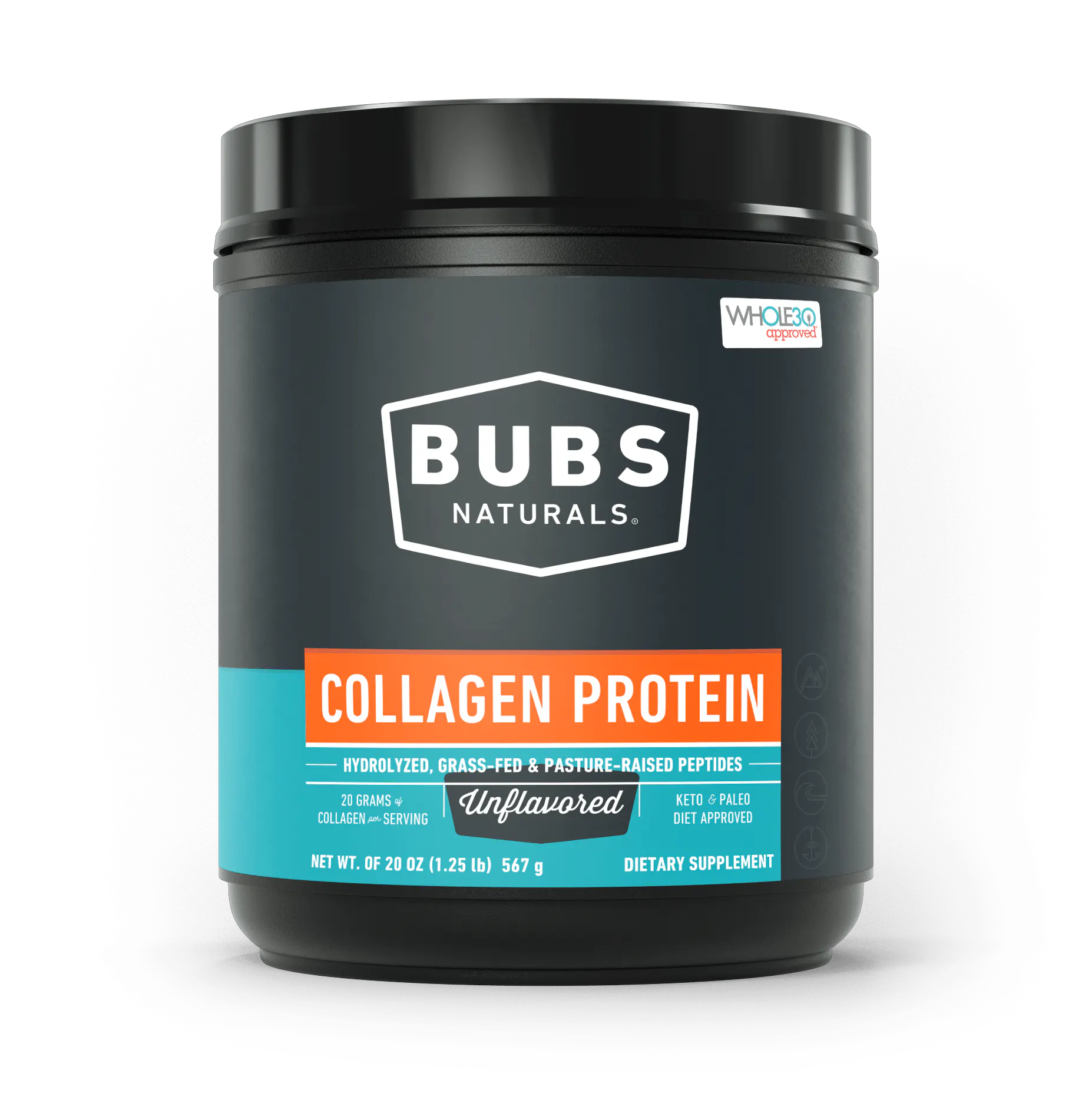
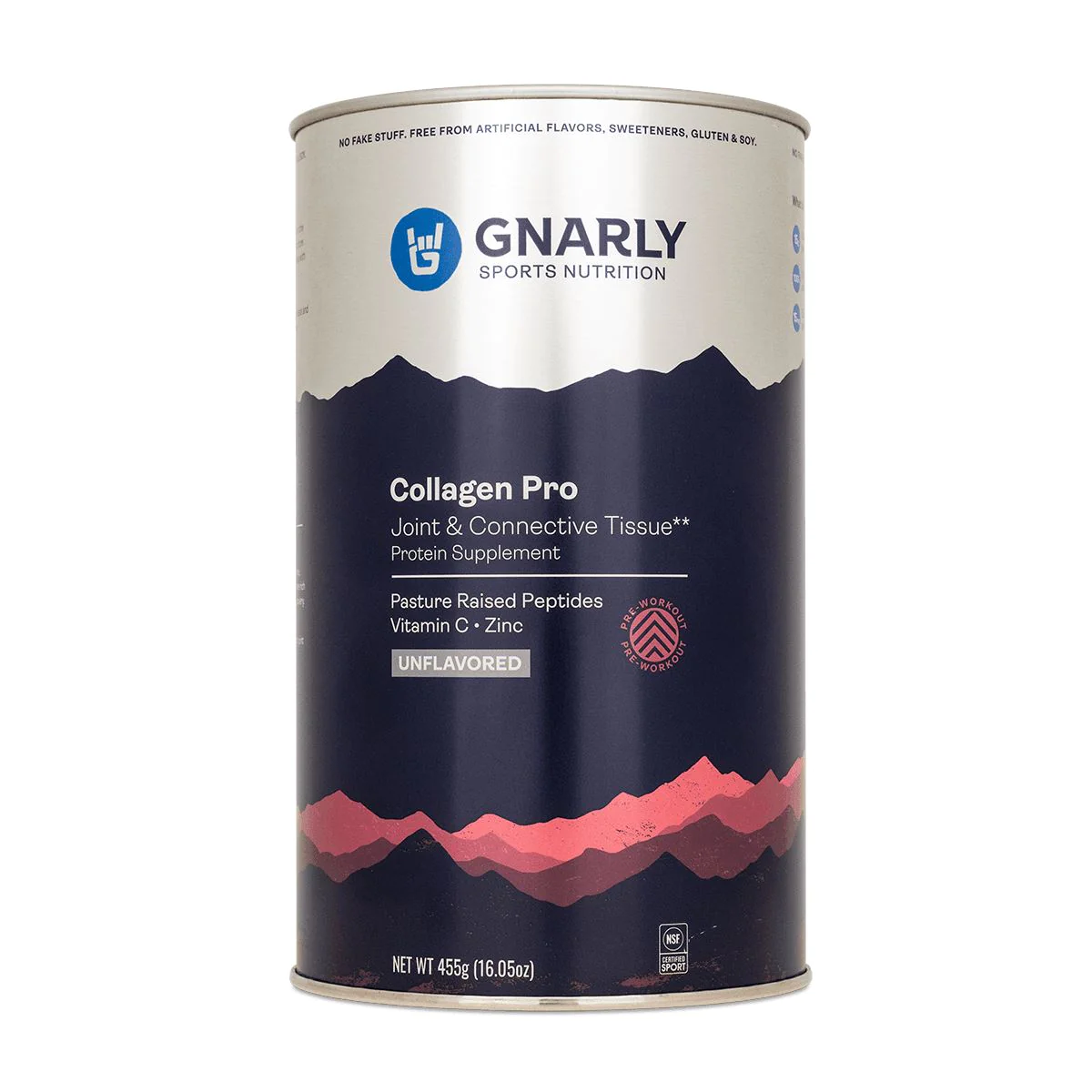
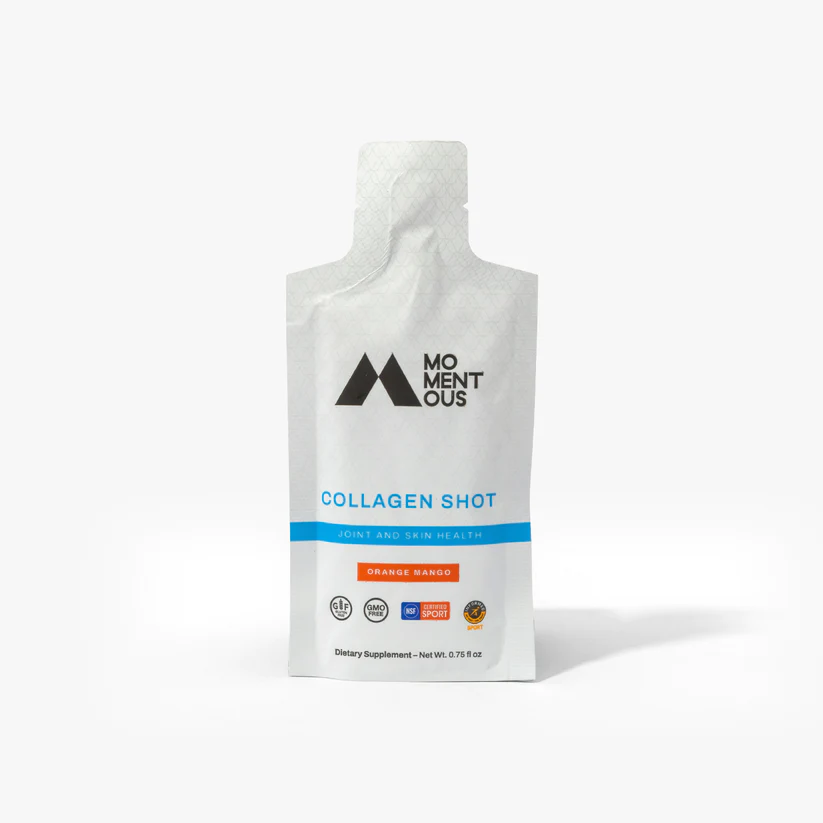
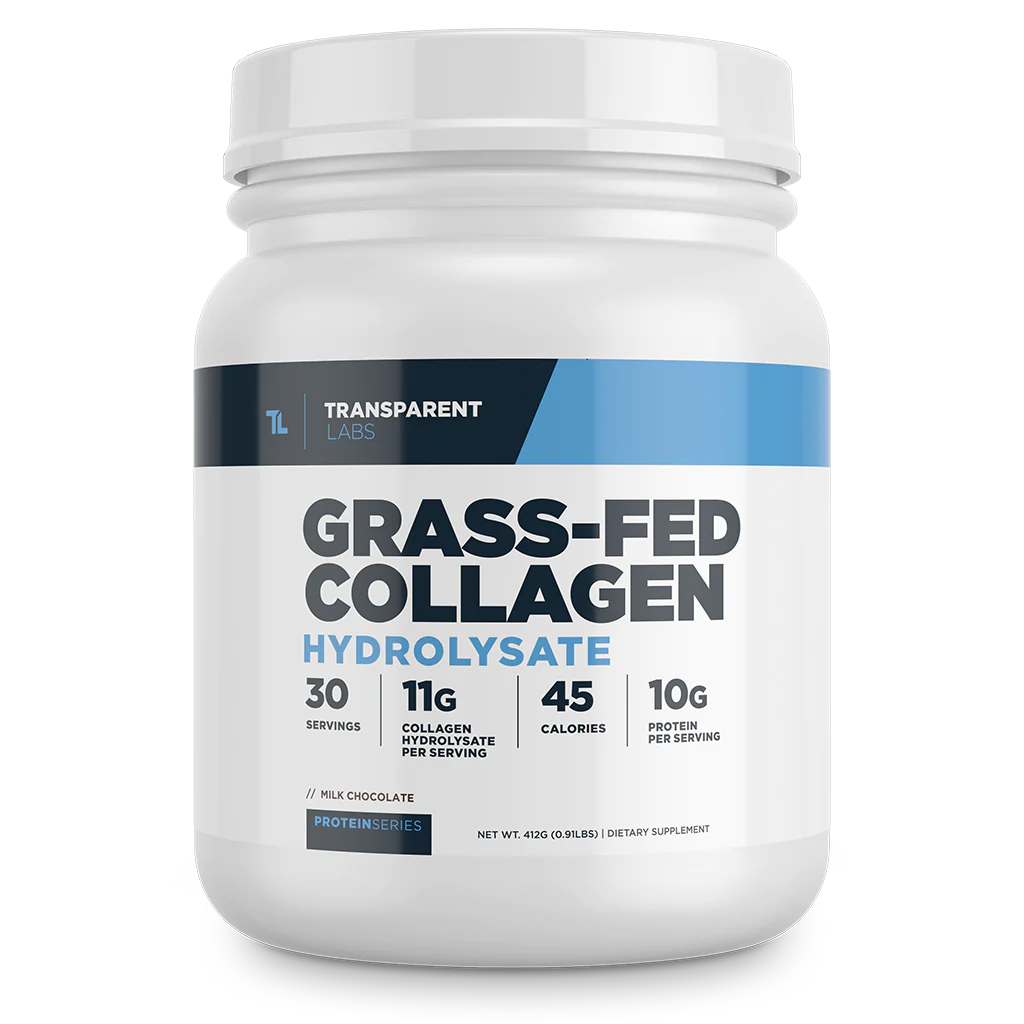
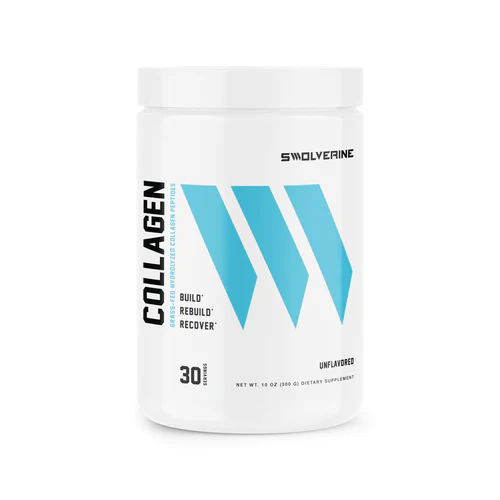
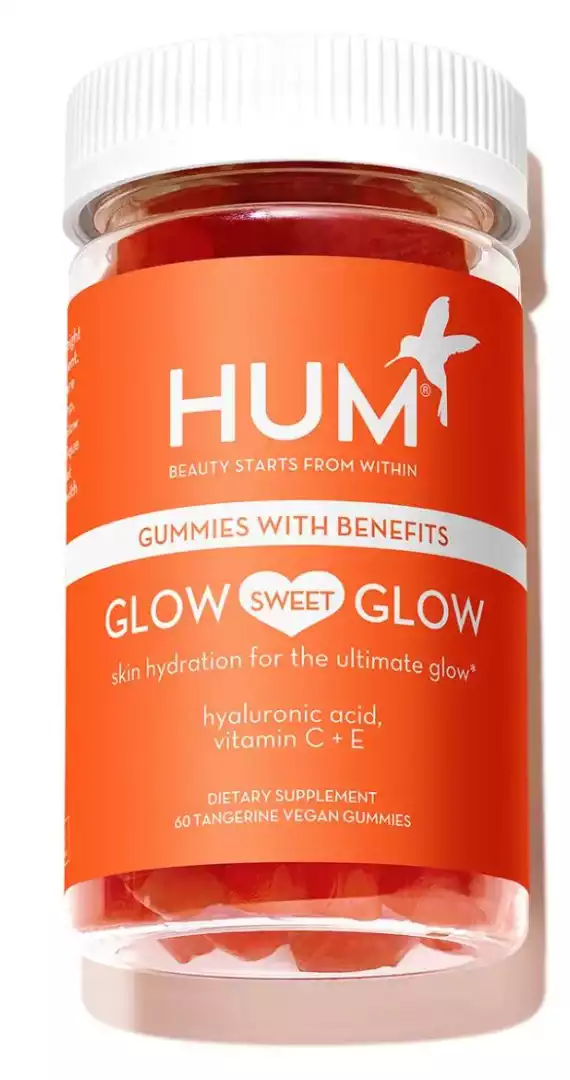
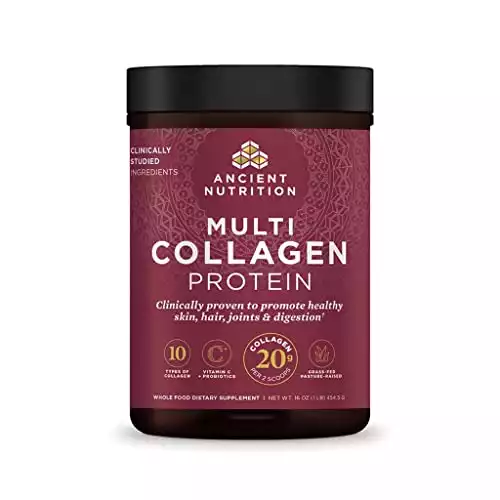
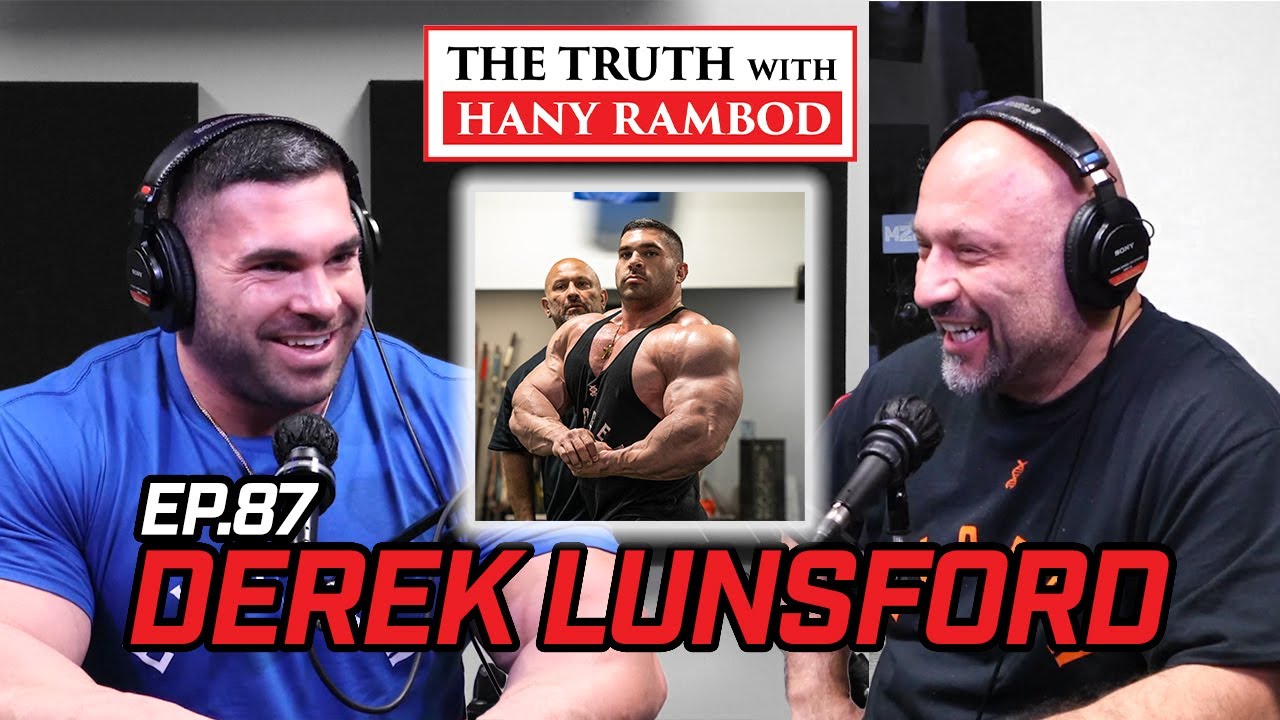
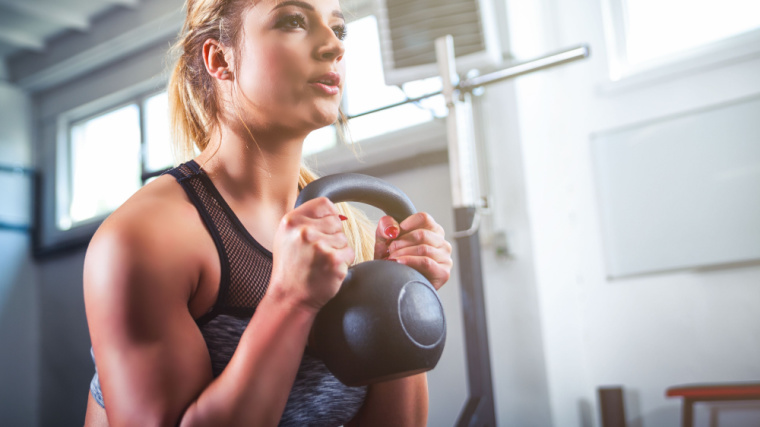

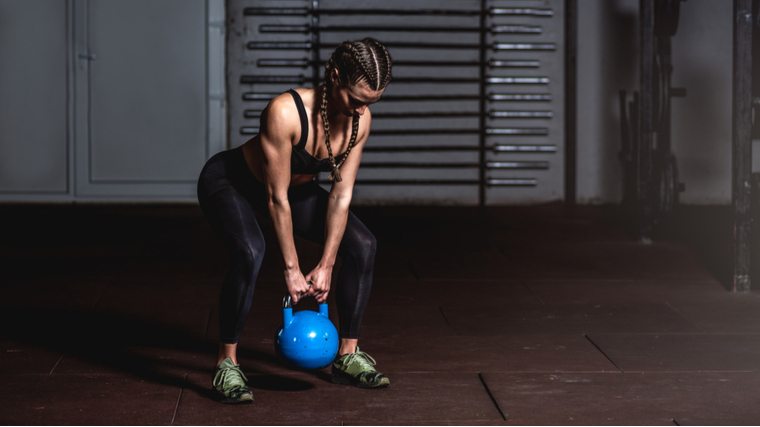
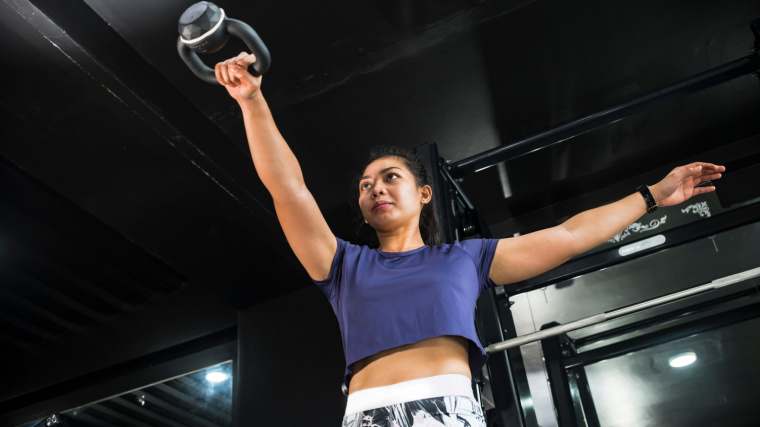
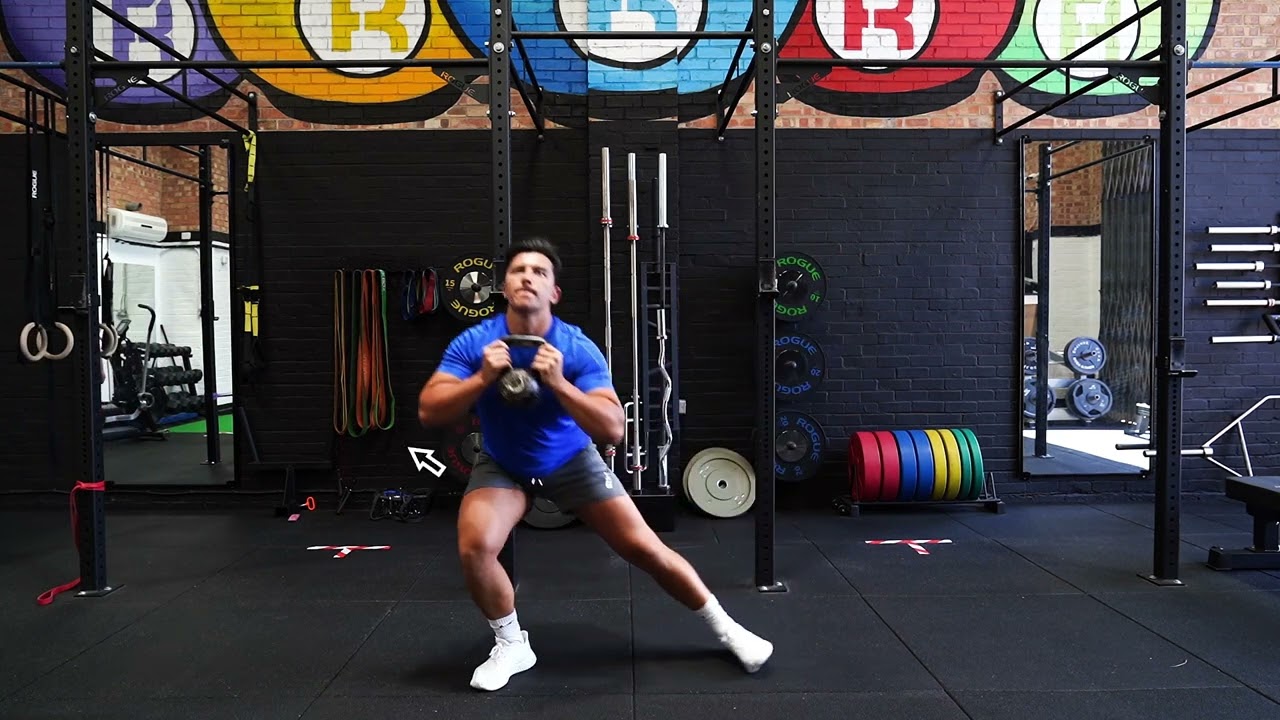
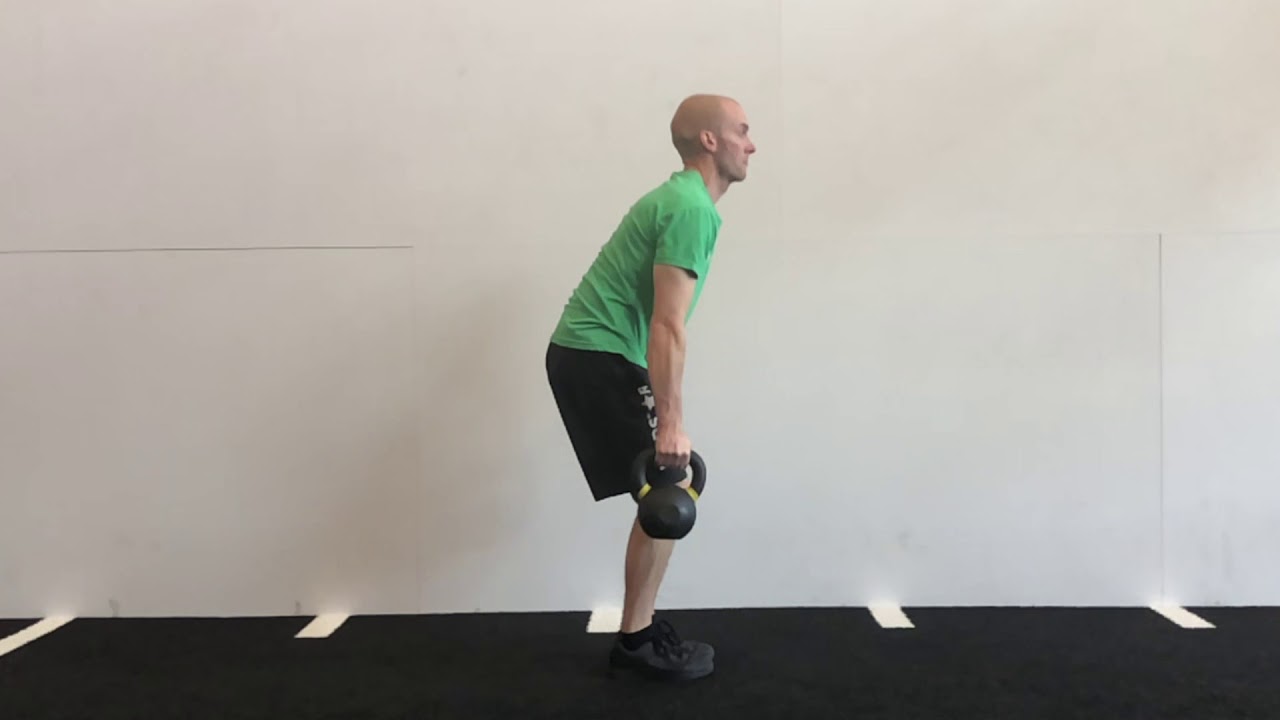
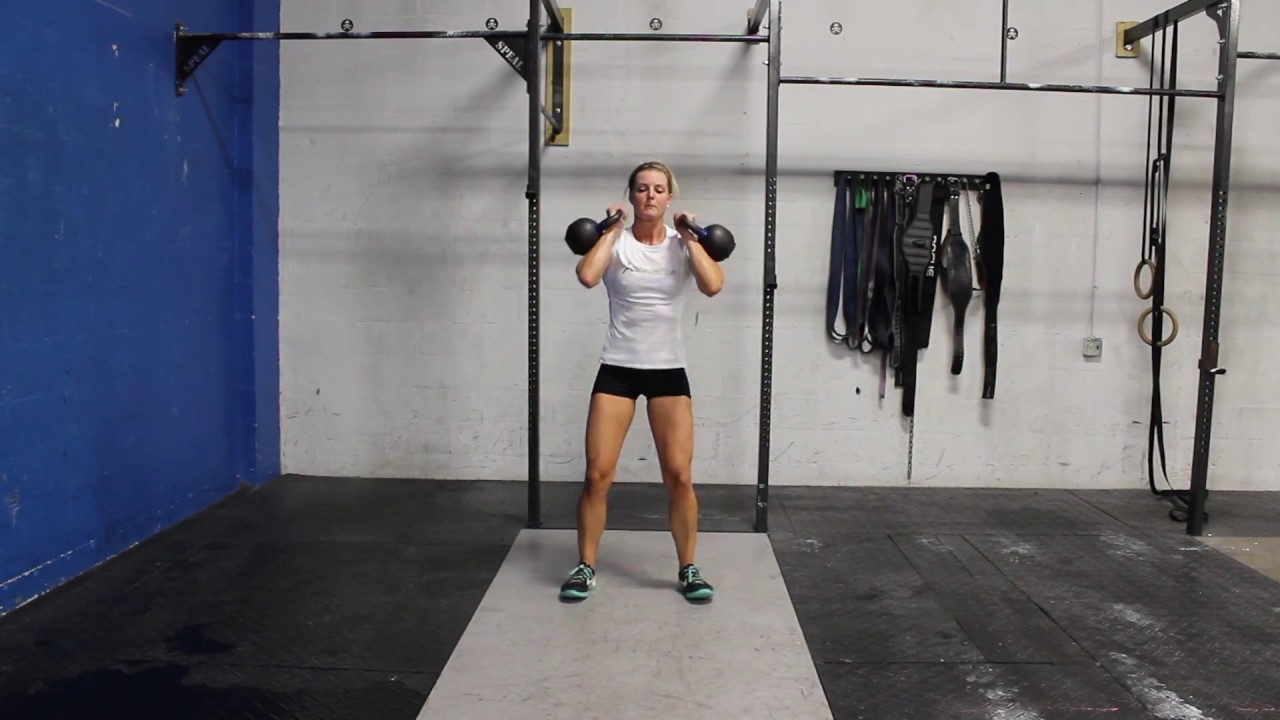
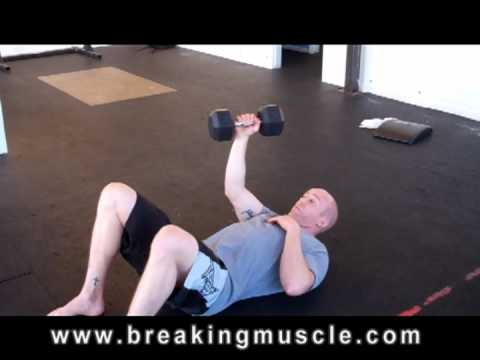
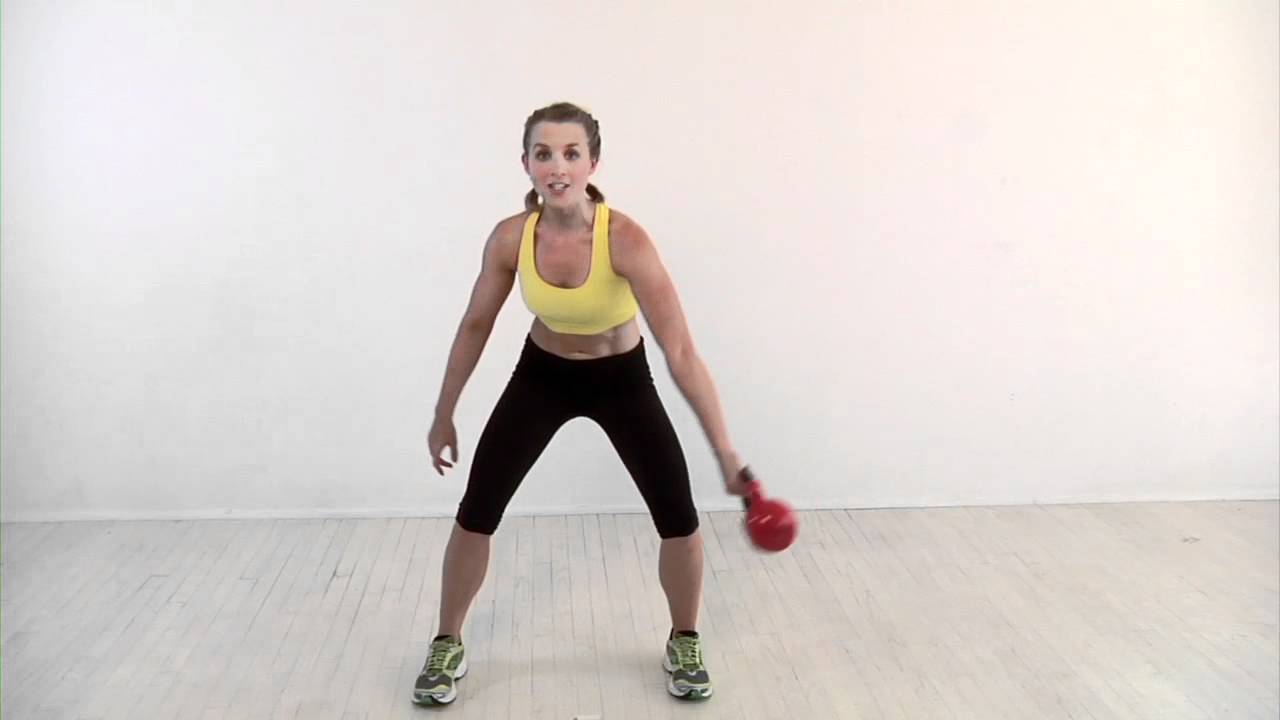
 When you follow a
When you follow a 

















 For now classes are 6pm and 640pm at 2840 Wildwood st in the Boise Cloggers studio.
Book your class NOW!
click this ==>
For now classes are 6pm and 640pm at 2840 Wildwood st in the Boise Cloggers studio.
Book your class NOW!
click this ==>


